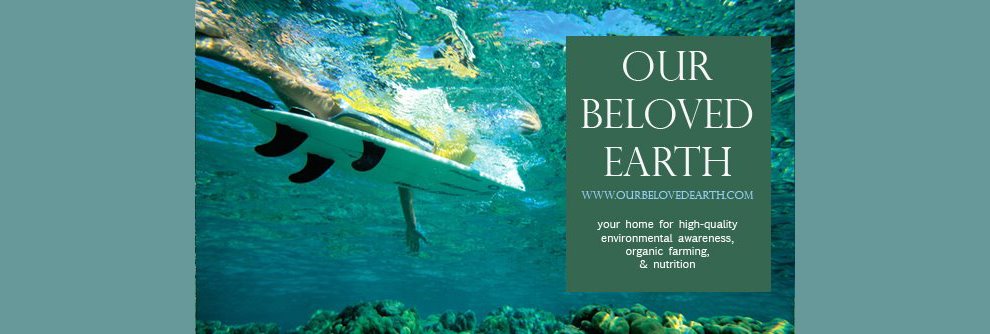Eating changes both body and mind, the total of who we are. What we eat and how much we eat changes who we are physiologically. Why we eat and how we eat changes who we are psychologically.
Mindlessness is Blindness
When we eat mindlessly, the body expands (to the extent to which mindless eating leads to overeating) and the mind shrinks (to the extent to which mindless eating denies us the experience of eating). After all being mindless means just that: being of less mind. Mindlessness hides the reality and robs us of the experience.
I am sure you are familiar with this experience of having no experience: you get into the car, you start driving, half an hour later you are at your destination, but as you look back you don't remember the actual experience of driving. We've learned not to be puzzled by that. "Highway hypnosis," we think and move on. It's the same with eating, a kitchen-table hypnosis of sorts. You shop, you cook, you set up the meal, you turn the TV on and several mindless minutes later, you are done: your stomach is full but your mind is empty, and you are craving seconds just to have the very experience of eating you missed in the first place.
Mindfulness is Vision
When we eat mindfully, the body shrinks (to the extent to which mindful eating reduces mindless overeating), and the mind expands. After all being mindful means just that: having a full mind. Mindfulness is vision. Mindfulness reveals the reality of what is, in all its nuanced, complex and unique such-ness. The traditions of saying grace (to infuse a moment of spiritual gratitude into a meal), the Zen tradition of Oryoki (a form of meditative eating designed to facilitate here-and-now presence), the veganism movement (with its attempt to manifest one's ethics of compassion through eating) -- these and many other traditions have all recognized that eating can serve as an invaluable existential platform for awakening the zombie in us. Whereas mindless eating robs us of the experience, mindful eating allows us to reclaim the eating moments of our lives.
According to the Center for Mindful Eating, a multidisciplinary forum for "developing, deepening and understanding the value and importance of mindful eating," "mindful eating has the powerful potential to transform people's relationship to food and eating, to improve overall health, body image, relationships and self-esteem." The recent years have witnessed an emerging self-help and clinical literature on mindfulness-based counseling for overeating and binge-eating.
Therefore, it would appear that mindful eating is, indeed, the missing ingredient of the USDA Food Pyramid. The addition of an eye atop the food pyramid would cue the public to the importance of eating with both short- and long-term vision, with here-and-now tactical awareness of the process of eating and with the strategic vision of how the behavior of eating fits with their overall living philosophy.
The symbol of the all-seeing-eye-at-the-top-of-a-pyramid traces its origin back to ancient Egypt and indicates "that the dead god is entombed in the underworld but is still watchful," and "the open eye is his soul that is still alive, so he knows what is happening in the world" (Sandra Forty, Symbols, p. 11). The symbol, however, has been sufficiently secularized by the fact that it appears on the $1 bill and has become largely accepted as a legitimate part of American iconography.
Eating is physiologically inevitable, but mindfulness isn't. Associating eating with mindfulness, one meal at a time, can help us not only manage weight (by reducing mindless overeating) but also to nourish and enrich the mind.
Pavel Somov, Ph.D. is the author of "Eating the Moment: 141 Mindful Practices to Overcome Overeating One Meal at a Time" (New Harbinger, 2008).















